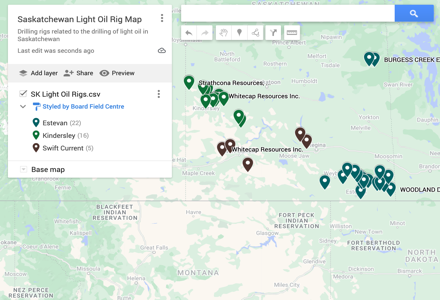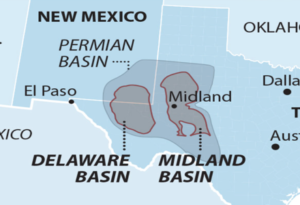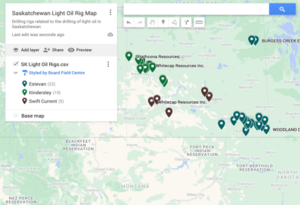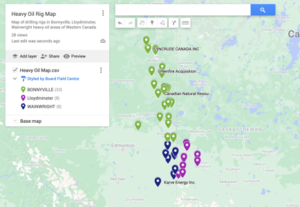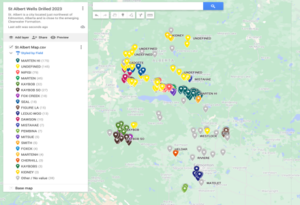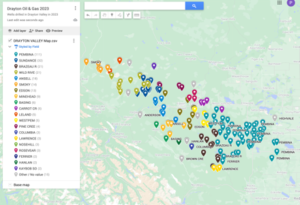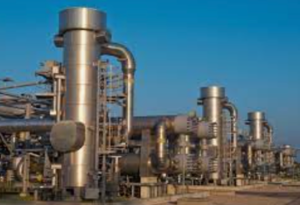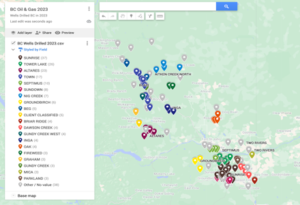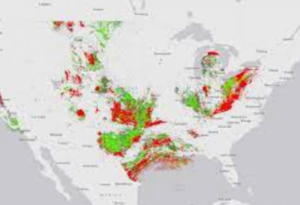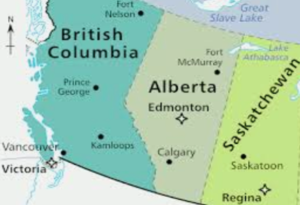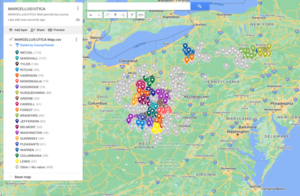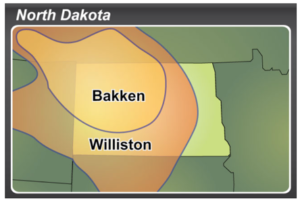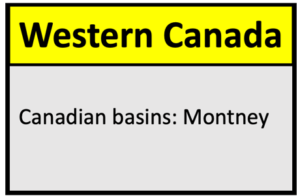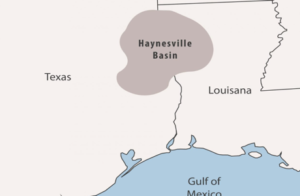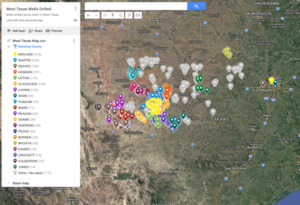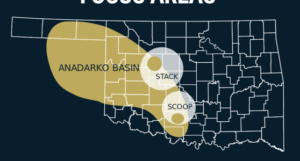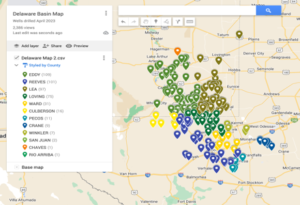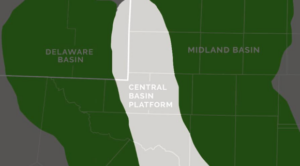In Saskatchewan, the oil industry plays a crucial role in the economy, and the province has reserves of both light and heavy crude oil. The specific characteristics of light oil in Saskatchewan can vary, but in general, it is easier to extract and process than heavy oil.

The Viking Formation is a geological formation located in western Canada, including parts of Saskatchewan and Alberta. It is known for its significance in the oil and gas industry. The Viking Formation is part of the larger Western Canadian Sedimentary Basin, which is one of the most prolific hydrocarbon-producing regions in North America.
The Bakken Formation in Saskatchewan is part of the larger Bakken play that extends from the United States into Canada. It covers a significant portion of southeastern Saskatchewan.
Data Download Center
Saskatchewan Light Oil Operators
Detailed list of active Oil & Gas Operators related to the production of Saskatchewan Light Oil.
Saskatchewan Light Oil New Well Permits Last 30 Days
Detailed list of new well permits last 30 days related to Saskatchewan Light Oil
Saskatchewan Light Oil Wells Drilled Last 365 Days
Detailed list of wells drilled related to Saskatchewan Light Oil last 365 days
Saskatchewan Light Oil Rig Report
Detailed list of active drilling rigs related to Saskatchewan Light Oil last 30 days
Here are some key locations in Canada related to Saskatchewan light oil:
Saskatchewan, a province in Canada, is known for its significant oil and gas resources. In the context of the oil industry, “light oil” refers to a type of crude oil that has a lower density and viscosity compared to heavy crude oil. Light oil is often preferred for refining because it yields a higher percentage of valuable products such as gasoline and diesel.
The Viking Formation is a geological formation located in western Canada, including parts of Saskatchewan and Alberta. It is known for its significance in the oil and gas industry. The Viking Formation is part of the larger Western Canadian Sedimentary Basin, which is one of the most prolific hydrocarbon-producing regions in North America.
Key characteristics of the Viking Formation include:
- Geography: The Viking Formation extends across various areas in Saskatchewan and Alberta, including the Williston Basin.
- Hydrocarbon Potential: The formation is recognized for its hydrocarbon potential, particularly in terms of light oil. It has been the focus of exploration and development activities, with oil and gas companies drilling wells to extract resources from this formation.
- Reservoir Properties: The Viking Formation contains both conventional and unconventional reservoirs. It is characterized by its carbonate and sandstone rocks, which can be productive reservoirs for oil and natural gas.
- Drilling and Production: The Viking Formation has been targeted by horizontal drilling techniques, especially in unconventional oil plays. Advances in drilling technologies, such as horizontal drilling and hydraulic fracturing (fracking), have been applied to extract hydrocarbons from this formation.
- Economic Impact: The oil and gas industry in the Viking Formation has economic significance for the regions where it is present. It contributes to local economies through job creation, royalties, and other economic activities associated with oil and gas extraction.
The Bakken Formation is an oil and gas-rich geological formation that spans across several U.S. states and extends into parts of Saskatchewan and Manitoba in Canada. In Saskatchewan, the Bakken Formation has been a focus for oil and gas exploration and production. Here are some key points about the Saskatchewan Bakken Formation:
- Geography: The Bakken Formation in Saskatchewan is part of the larger Bakken play that extends from the United States into Canada. It covers a significant portion of southeastern Saskatchewan.
- Hydrocarbon Potential: The Bakken Formation is known for its unconventional oil resources, primarily light, sweet crude oil. It also contains natural gas. The development of technologies such as horizontal drilling and hydraulic fracturing has made the extraction of oil and gas from the Bakken more economically viable.
- Horizontal Drilling and Fracking: Similar to the development in other regions of the Bakken play, operators in Saskatchewan use horizontal drilling techniques and hydraulic fracturing (fracking) to extract hydrocarbons from the tight rock formations within the Bakken.
- Economic Impact: The Bakken Formation in Saskatchewan has had a notable economic impact on the province. It has contributed to job creation, royalties, and other economic activities associated with the oil and gas industry.
- Regulatory Environment: The development of the Bakken Formation is subject to provincial regulations and oversight by regulatory bodies in Saskatchewan, ensuring that industry activities adhere to environmental and safety standards.
Oil & Gas Operators by Play/Basin

